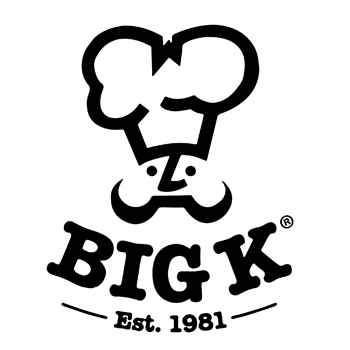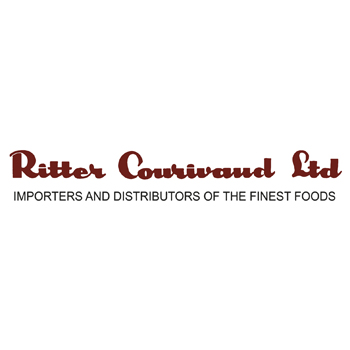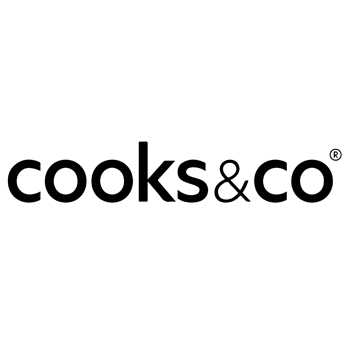Less Healthy, Less Visible: How the New Advertising Laws will Impact Chefs and Food Producers

A major regulatory shift is coming to the UK’s hospitality sector in October 2025, when the new Less Healthy Food and Drink (LHF) legislation comes into effect. While much of the focus so far has been on the impact for supermarkets and big FMCG brands, the changes will have important knock-on effects for how chefs, food developers and hospitality operators plan menus, market products, and communicate with diners. With the deadline fast approaching, culinary teams now have a real opportunity to get ahead by making smart, forward-looking changes that align with changing expectations around food, health, and transparency.
Aim of the new legislation
The primary objective of the upcoming LHF legislation is to restrict advertising of products high in fat, sugar, and salt before 9 pm on television and across digital channels, including on-demand services. These measures aim to reduce public exposure to less healthy food messaging by limiting where and when these products can be promoted.
 However, it’s important to note that certain areas will remain exempt from these restrictions. These include communications that take place directly in a hospitality environment, such as menus or signage on site. Organic website content, CRM tactics like emails or in-app messaging (if a user has opted in), and other brand-owned channels are also not affected by LHF.
However, it’s important to note that certain areas will remain exempt from these restrictions. These include communications that take place directly in a hospitality environment, such as menus or signage on site. Organic website content, CRM tactics like emails or in-app messaging (if a user has opted in), and other brand-owned channels are also not affected by LHF.
But that doesn’t mean hospitality businesses won’t feel the effects. Even if chefs and restaurants aren’t directly advertising these products, their suppliers, brands, and third-party delivery platforms probably are. As campaigns shift or disappear, so too might customers’ exposure to certain products — impacting customer expectations, influencing industry trends, and affecting public trust and perception of a hospitality offering.
Strategic impacts on chefs and food producers
The new LHF legislation will fundamentally alter how hospitality businesses market and position their food. One major shift will be the reduction in marketing space for indulgent staples like burgers, fries, pizzas and desserts — particularly in digital marketing campaigns or on television. This restriction creates an immediate challenge for businesses whose marketing has traditionally centred on these crowd-pleasing options.
 In response, chefs and development teams must re-evaluate and re-engineer their menus. That could mean updating recipes, elevating the visibility of “better for you” dishes, or designing new products that balance flavour with nutritional improvements.
In response, chefs and development teams must re-evaluate and re-engineer their menus. That could mean updating recipes, elevating the visibility of “better for you” dishes, or designing new products that balance flavour with nutritional improvements.
Messaging and presentation will also require a rethink, especially as paid channels become less viable for promoting indulgent or LHF products. With customers potentially being less informed about special offers or hero items, on-premise communication — including storytelling and visual presentation — will play a more pivotal role in capturing attention and conveying value.
Brand reputation will become increasingly important under the new framework. Businesses will need to ensure that their in-store messaging, signage, and promotions align closely with their broader marketing strategies. Brands with a more limited product range may be more directly affected by the changes, while those offering a wider variety of options have greater flexibility to highlight healthier or reformulated menu items. However, chefs and food developers are by no means limited: from updating recipes to promoting balance and occasional indulgence, brands can respond in ways that support both public health goals and consumer demand. Clear, consistent communication and a proactive approach will be essential to maintaining strong brand trust in this changing environment.
Menu development and innovation: What to do now
The upcoming LHF legislation should be seen as a prompt for strategic menu evolution, not just a compliance headache. Now is the ideal time to thoroughly assess signature dishes’ fat, salt, and sugar levels. Working collaboratively with suppliers or nutritional consultants can help identify ways to improve nutritional profiles while preserving taste, which is especially important for bestsellers that customers know and love.

Product pipelines also deserve careful reconsideration in light of these changes. Developing new items that will fall under LHF restrictions may limit future marketing potential and result in wasted effort and resources. Instead, focus R&D on product formats that are both compliant and commercially viable, offering wellbeing without sacrificing indulgence.
Menu balance — the strategic combination of healthier dishes alongside LHF options — is another great option given the upcoming legislation. Creating true menu balance goes beyond simply adding a salad. It means thinking strategically about the overall range, reworking product messaging, and aligning every part of the customer journey with new expectations.
With external advertising restrictions looming, internal marketing takes on heightened importance. If customers won’t see a product before entering an establishment, point-of-sale materials and in-store displays become critical touchpoints for influencing purchasing decisions. These elements require thoughtful design to spotlight compliant items while maintaining brand appeal.
With the rollout of the LHF legislation around the corner, chefs and food developers who act now won’t just stay compliant — they’ll stay competitive. By adapting early, they can build menus that balance flavour and nutrition, meet evolving customer expectations, and lead the way in this new regulatory landscape.
Guest blog by Dan Outram, Business Director at Linney. “Don’t wait until October, start now.” – Dan Outram.

Dan Outram











